gluten free protein powders are shakes and blends made without wheat, barley, rye, or any gluten-containing ingredients. They help you boost protein intake safely if you have celiac disease, gluten sensitivity, or simply prefer an allergen-free shake. In this guide, you’ll learn why these powders matter, how to pick the best one, the key ingredients to look for, topping recommendations, and how Upwelledu makes your choice easier than ever.
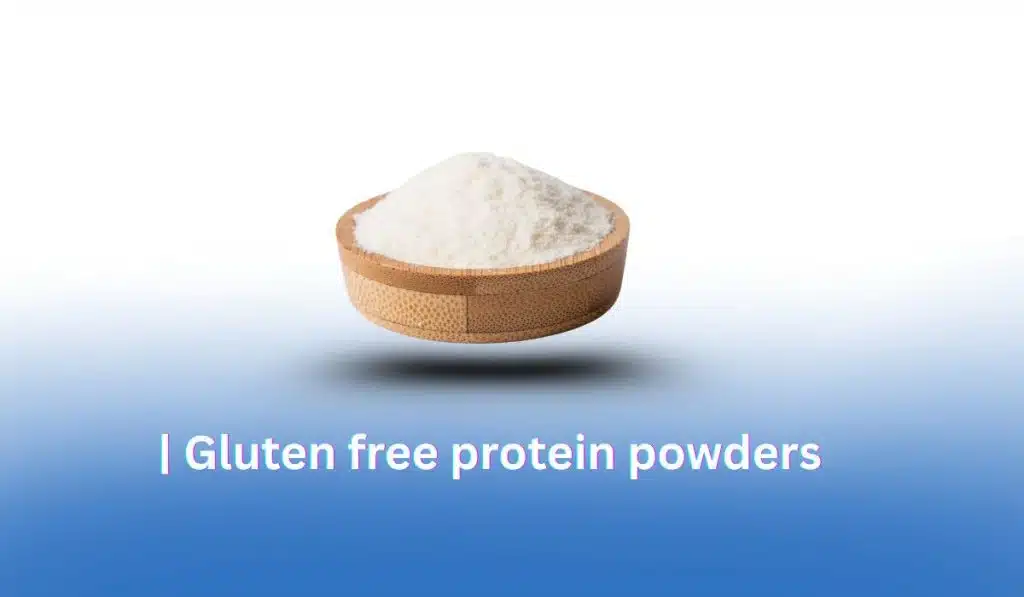
Why Choose Gluten Free Protein Powders?
1. Support for Gluten Sensitivities
Many people can’t digest gluten well. A gluten-free blend ensures you get your protein without belly pain or bloating. It’s a safe way to nourish muscles and speed recovery.
2. Pure Protein Sources
Without gluten fillers, these powders often use high-quality isolates or plant proteins. You get more protein per scoop and fewer carbs or additives.
3. Versatile Diet Compatibility
Whether you’re vegan, keto, paleo, or simply health-focused, gluten-free powders often fit multiple diets. Brands offer whey isolates, pea proteins, rice blends, and more.
4. Better Digestibility
Gluten-free powders tend to be easier on the stomach. They mix quickly, taste clean, and don’t leave you feeling heavy after a workout shake.
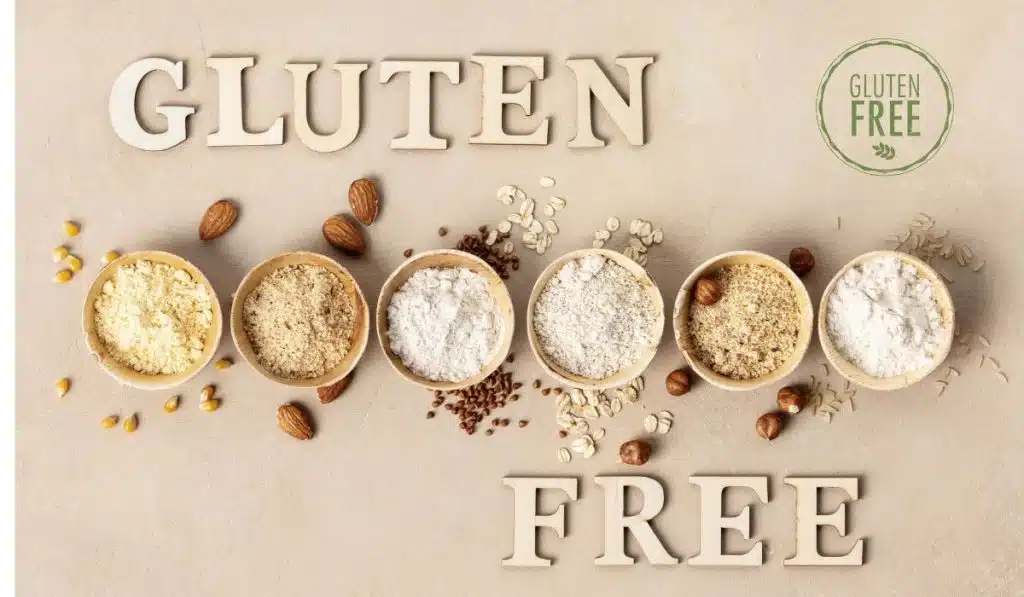
Main Types of Gluten Free Protein Powders
Whey Isolate
- What it is: Milk protein with nearly all lactose and gluten removed.
- Who it’s for: People seeking fast-absorbing, complete amino acids for muscle growth.
- Pros: High protein per scoop, rich in BCAAs for repair.
- Cons: Not vegan; may bother those with dairy sensitivities.
Plant-Based Blends
- What it is: Pea, rice, hemp, or soy proteins, often mixed to balance amino acids.
- Who it’s for: Vegans, vegetarians, or those avoiding dairy.
- Pros: Allergen-friendly, good fiber, often organic.
- Cons: May have a grainier texture or stronger flavor.
Collagen Peptides
- What it is: Protein from animal connective tissues, rich in glycine and proline.
- Who it’s for: Those wanting joint, skin, and gut support alongside protein.
- Pros: Easy to blend, neutral taste, supports collagen in the body.
- Cons: Lacks a full amino acid profile for muscle building.
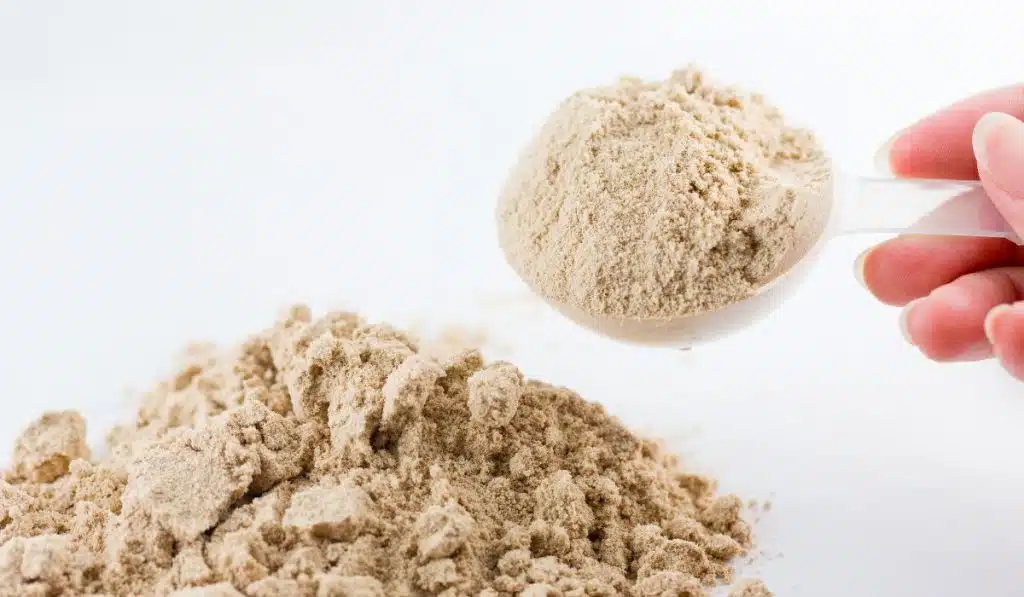
Key Ingredients to Look For
1. Protein Content per Scoop
Aim for 20–25 grams of protein per serving. Anything under 15 may not fuel your workout well.
2. Third-Party Testing
Choose brands that test for gluten cross-contact. Look for “certified gluten-free” seals or lab results.
3. Minimal Additives
Steer clear of fillers, gums, or artificial sweeteners. Simple ingredient lists usually mean cleaner nutrition.
4. Amino Acid Profile
Complete proteins (like whey isolate) cover all essential amino acids. For plant powders, check if the blend balances amino acids.
5. Flavor & Mixability
A smooth mix and mild taste make it easier to use daily. Vanilla, chocolate, and unflavored are the top options.
How to Pick the Right Powder
- Define Your Goal
- Muscle Gain → Fast-absorbing whey isolate
- Weight Loss → Low-calorie, high-protein plant blend
- Joint Health → Collagen peptides with added vitamin C
- Muscle Gain → Fast-absorbing whey isolate
- Check Diet Tags
Ensure “gluten-free” is front and center. If vegan or dairy-free matters, confirm those labels too. - Read the Label
Count protein, carbs, sugar, and calories. Short ingredient lists win. - Trial & Taste
Many brands offer single-serve samples. Test before you buy a big tub. - Price vs. Quality
Higher protein isolates cost more but often deliver purer nutrition. Bulk plant-based blends can be budget-friendly.
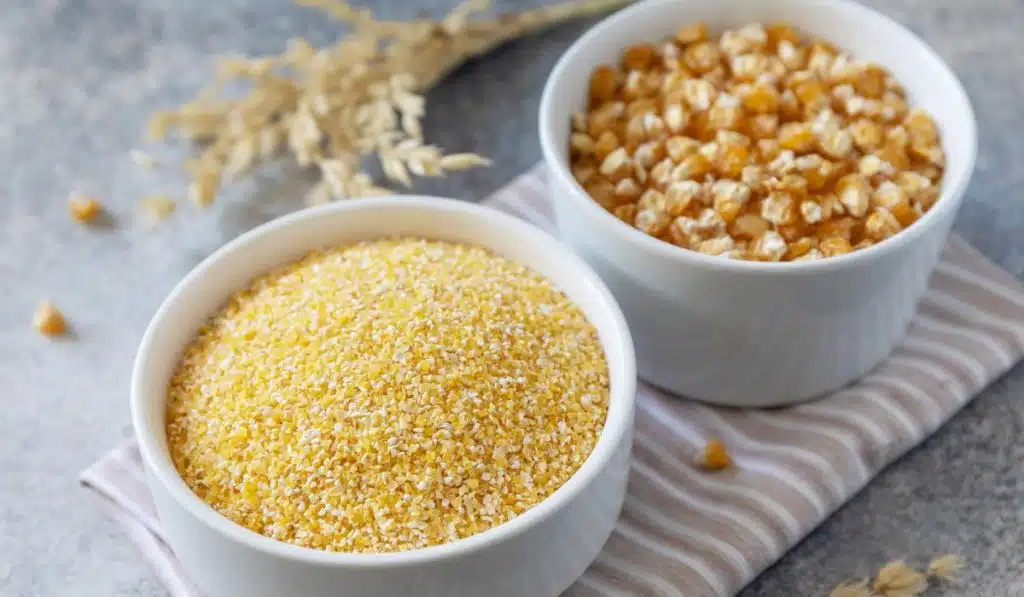
Top 5 Picks for gluten free protein powders
| Rank | Product | Type | Protein/Scoop | Highlights |
| 1 | Legion Whey+ | Whey Isolate | 22 g | BCAAs, grass-fed, third-party tested |
| 2 | Orgain Organic Plant Protein | Pea & Rice Blend | 21 g | USDA organic, vegan, smooth mix |
| 3 | Ritual Essential Daily Protein Shake | Pea Isolate | 20 g | Vegan, sugar-free, simple ingredients |
| 4 | Isopure Zero Carb | Whey Isolate | 25 g | Zero carbs, vitamins included, lactose-free |
| 5 | Vital Proteins Collagen Peptides | Collagen | 18 g | Joint & skin support, neutral taste |
Substitutes & Add-Ins for Better Results
- Mix-Ins: Add spinach, berries, or nut butter for fiber and flavor.
- Liquid Base: Try almond milk, coconut water, or oat milk instead of water.
- Boosters: Include a scoop of greens powder or collagen for extra nutrients.
Why Upwelledu Makes It Easier
- Expert Reviews & Picks
Unlike generic lists, we test each powder ourselves and update recommendations monthly. - Clean & Simple Guides
We break down labels in plain language so you can shop with confidence. - Worldwide Focus
Our site helps you find products that ship globally and match local regulations. - Allergen Alerts
We flag cross-contact risks, so you never miss a hidden gluten source. - Ongoing Support
Join our newsletter for updates, recipes, and special discounts on top brands.
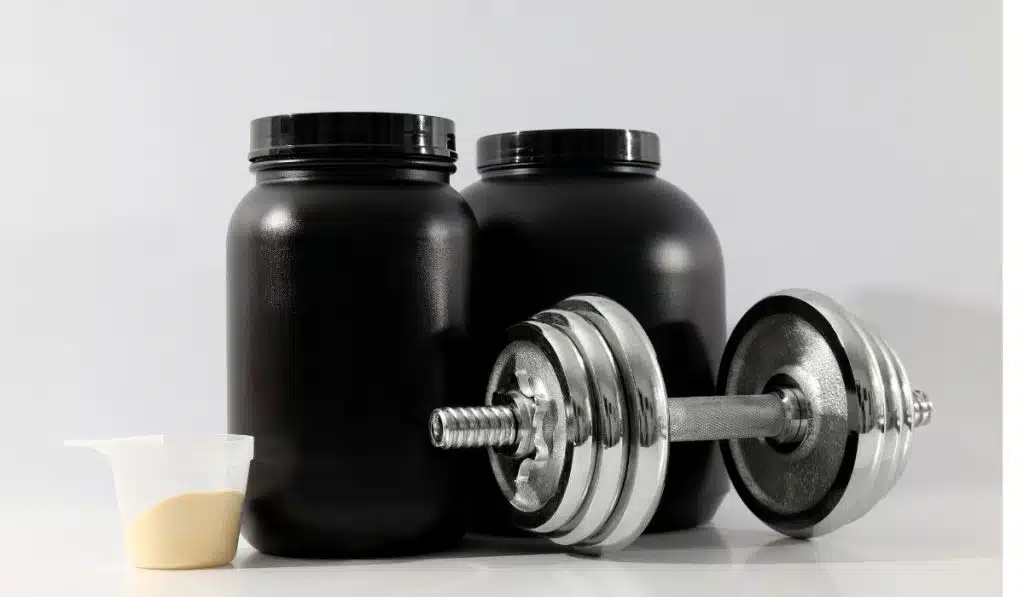
Frequently Asked Questions
Are all plant-based proteins gluten-free?
Most pea, hemp, and rice proteins are naturally gluten-free. Always check for cross-contact warnings.
Can I use a collagen powder as my main protein source?
Collagen lacks some essential amino acids. It’s best as a supplement alongside a complete protein.
How soon after workout should I drink my shake?
Aim within 30 minutes to support muscle recovery. You can also sip during workouts for endurance.
Conclusion
Choosing the right gluten free protein powder fuels your goals, eases digestion, and fits any diet. From whey isolates to vegan blends and collagen, options abound. At Upwelledu, we simplify the search, give clear buying tips, and spotlight the cleanest formulas. Now it’s your turn—pick your favorite, mix a delicious shake, and power your day with confidence!
Read More Article
- Browse our top-rated gluten free protein powders.
- Try one of our easy smoothie recipes today.
- Subscribe for more clean-eating tips and recipes!
Best Diet Plan for Hormone Balance






